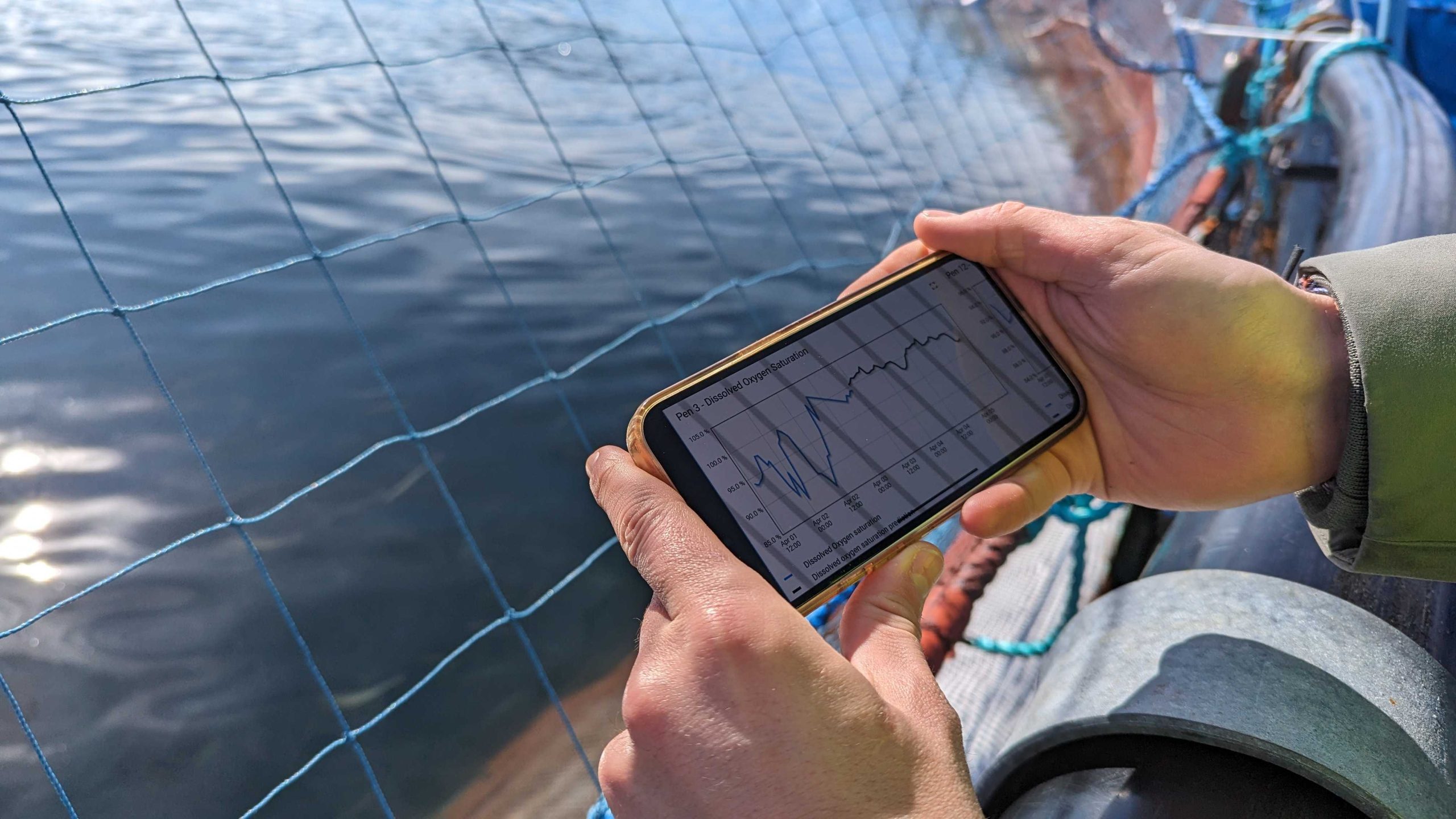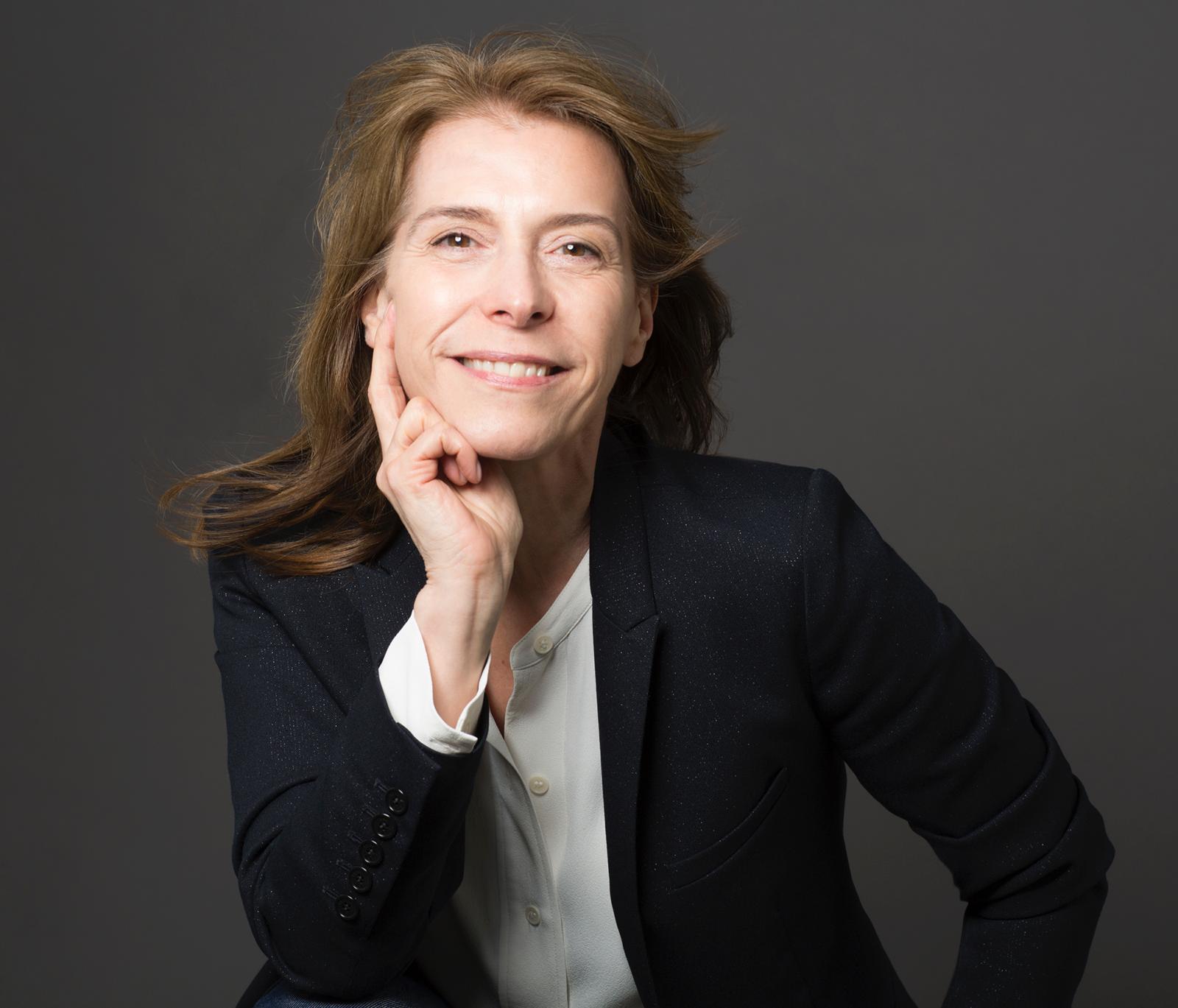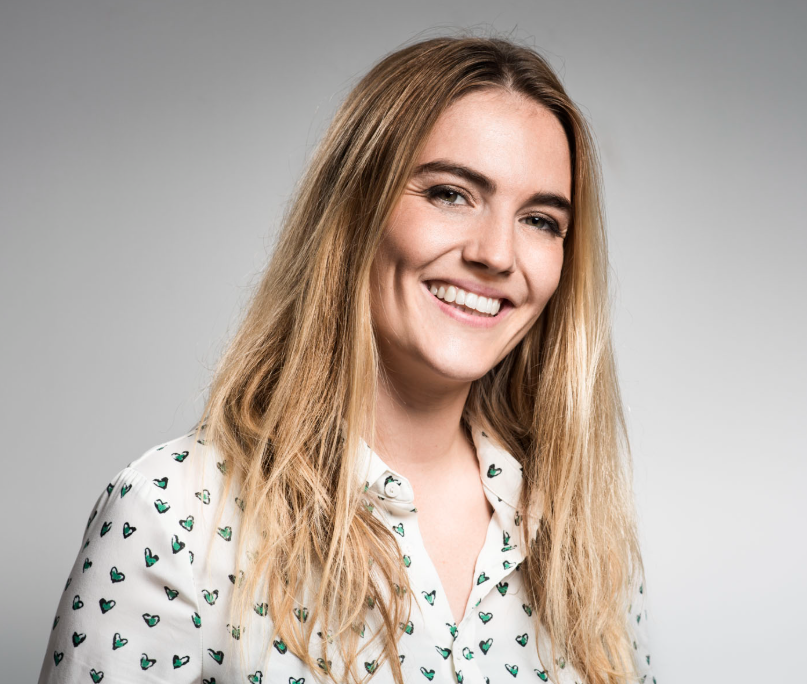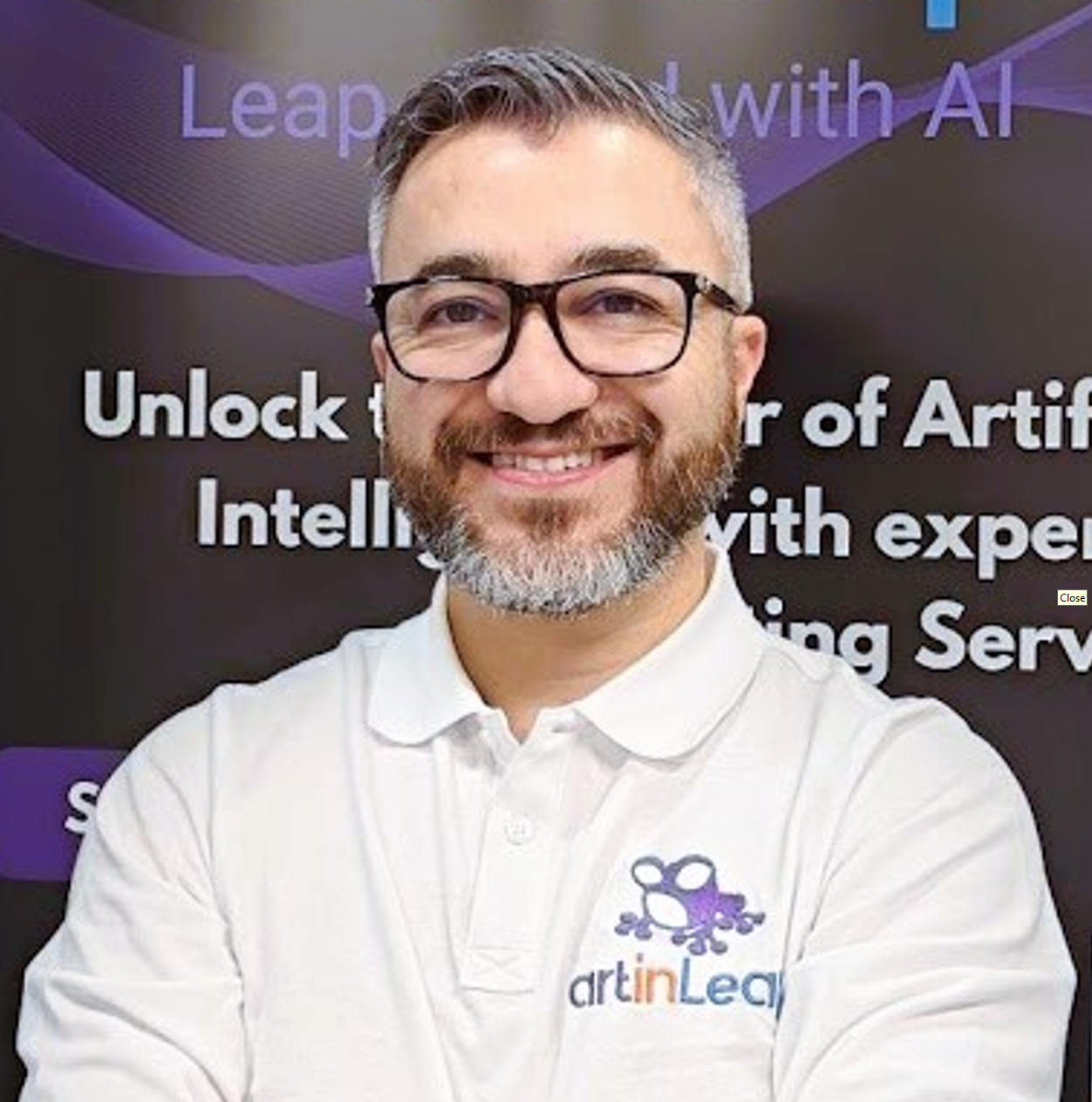Bioceanor: Artificial Intelligence serving water quality — Interview with Samuel Dupont
Interview conducted by Pascale Caron
In a world where the environmental impact of human activities is increasingly concerning, monitoring water quality has become critically important. Samuel Dupont, co-founder of Bioceanor, sheds light on the essential role of artificial intelligence (AI) in preserving aquatic ecosystems.
Can you explain how the idea for Bioceanor came about?
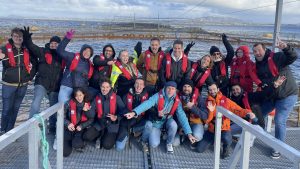 I have a PhD in marine biology, and we founded this company with Charlotte Dupont in 2018. She also holds a PhD in biology, but she has a strong inclination toward mathematics and modeling biological processes. We started from the observation that there was a real need to act for ocean preservation, particularly by addressing water quality.
I have a PhD in marine biology, and we founded this company with Charlotte Dupont in 2018. She also holds a PhD in biology, but she has a strong inclination toward mathematics and modeling biological processes. We started from the observation that there was a real need to act for ocean preservation, particularly by addressing water quality.
For a long time, the oceans were seen as spaces where people could do whatever they wanted, especially beyond coastal zones. This created a paradox: on land, human activities are regulated, but at sea, there’s little regulation once you move beyond certain distances. Yet, the oceans cover 70% of the Earth’s surface, they feed millions of people, and they play a key role in biodiversity and carbon stability.
In 2018, we decided to found Bioceanor with a clear idea in mind: to use technology to monitor and predict water quality. Both of us had experience in research institutes. While we’re familiar with weather forecasts on land, there was nothing similar for water. This pushed us to develop a forecasting system aimed at several industries, but always with the goal of preserving the oceans.
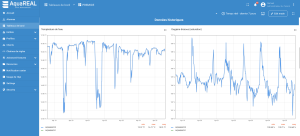 Our platform is called AquaREAL: it collects real-time data, whether from our own sensors or from open-source information, like satellite networks from Copernicus or data from Ifremer. We then apply oceanographic models and artificial intelligence to predict the evolution of key parameters such as dissolved oxygen, temperature, pH, and turbidity. Dissolved oxygen, for example, is crucial for marine biodiversity and animal physiology. We can predict these parameters with 48-hour accuracy.
Our platform is called AquaREAL: it collects real-time data, whether from our own sensors or from open-source information, like satellite networks from Copernicus or data from Ifremer. We then apply oceanographic models and artificial intelligence to predict the evolution of key parameters such as dissolved oxygen, temperature, pH, and turbidity. Dissolved oxygen, for example, is crucial for marine biodiversity and animal physiology. We can predict these parameters with 48-hour accuracy.
What are your primary markets today?
We have two main markets. The first is aquaculture, which is at the core of our activity. We help them optimize their production, which allows them to engage in more sustainable and responsible management of aquatic resources. For example, we work extensively with the salmon industry in Norway and Chile. These are highly digitalized industries, where environmental considerations and animal welfare are essential.
The second sector involves industrial discharges, where we collaborate with companies like Veolia. When wastewater treatment plants or industries discharge treated water into the oceans, our system monitors the environment in real time. We anticipate potential impacts on water quality, allowing these companies to adjust their discharges accordingly.
How do you ensure the reliability of this data?
This is crucial for our work. If the data we collect isn’t reliable, the predictions won’t be either. Our sensors, particularly in marine environments, can drift, so there’s a constant need to verify the quality of the data. We’ve developed algorithms to detect anomalies. This is a key part of our work because today, everyone talks about Big Data, but the data must be reliable for AI models to provide meaningful results.
Artificial intelligence is at the heart of your business. Do you use existing AI solutions?
We’ve developed our own algorithms. What’s innovative about our approach is that we combine artificial intelligence with biology, something few players do. For example, in aquaculture, we need to consider the biology of the species we monitor. When it comes to salmon, understanding its growth cycle, oxygen needs, and physiology is essential for our models to be accurate. We’ve spent the last five years developing these models, using neural networks and machine learning. We continuously adjust our predictions based on environmental conditions.
Generative AI is becoming more prevalent. Do you plan to use it in your company?
At the moment, we don’t really use generative AI because it doesn’t necessarily add value to what we do. We focus more on traditional AI methods that meet our specific needs. That said, we’re open to new technologies and don’t rule out exploring generative AI if we find a relevant application for our business. We are a team of 20 people, and we haven’t banned the use of tools like ChatGPT for occasional needs, but it’s important to be careful about not disclosing sensitive information.
What about data protection and security?
Data security is a key concern, especially since we work with industries like aquaculture and large companies like Veolia. We always anonymize the data to avoid confidentiality issues, and we are very careful about how we store it.
How have you implemented your AI solutions in traditional industries like aquaculture?
One of the biggest challenges was getting AquaREAL adopted by stakeholders who are often reluctant to use automated technologies. It’s not easy for them to trust machines to forecast water quality.
To overcome this, we started by showing concrete results. We install our systems in test mode, and after a while, we provide feedback to clients on the quality of the predictions. This helps build trust, which is essential in our field.
A striking example is one of our clients in the Chilean salmon industry. We were able to predict a drastic drop in oxygen levels 48 hours in advance, allowing the farmer to take action to prevent massive fish deaths. This not only prevented significant economic losses. Each aquaculture site we protect can represent between 15 and 20 million dollars, so these predictions have a direct impact on profitability as well as on the sustainability of their practices.
What advice would you give SMEs that hesitate to integrate AI into their processes?
Don’t be afraid to take the leap, but always combine AI with strong industry expertise. It’s a powerful tool, but it must be used appropriately and tailored to the specific needs of each industry. At Bioceanor, if we didn’t have our expertise in marine biology, our AI models wouldn’t have the same value. You need to know how to use AI wisely and always remember that it’s just a tool, not an end in itself.

